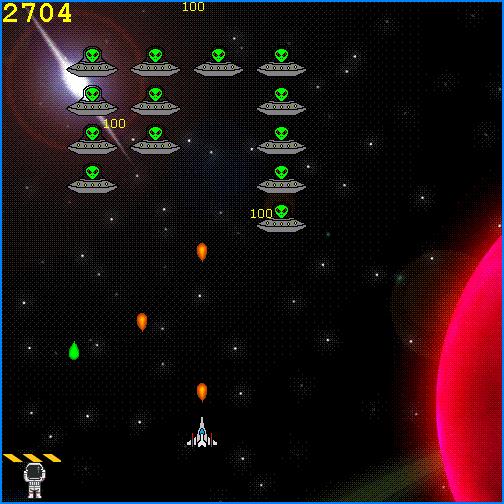A magazine where the digital world meets the real world.
On the web
- Home
- Browse by date
- Browse by topic
- Enter the maze
- Follow our blog
- Follow us on Twitter
- Resources for teachers
- Subscribe
In print
What is cs4fn?
- About us
- Contact us
- Partners
- Privacy and cookies
- Copyright and contributions
- Links to other fun sites
- Complete our questionnaire, give us feedback
Search:
Human Computer Interaction FUNdamentals
Computer Science - that's about understanding Computers, right? Well, yes, but that's only part of the story. The point about computers is they are there to help people. That means Computer Science is also about understanding people, how we behave and how our brains work. Computers have left the offices and are in our homes and on our bodies. They are in TV controllers, DVD players, MP3 players, washing machines, heating controllers, phones... Life used to be so much simpler...It can be a challenge even to switch the TV to BBC1 for some...suddenly the remote is behaving in a different way to yesterday...Ahh! someone must have pressed the DVD button.

It is ever more important that we design computer systems, whether in mobiles or ambulance control rooms that are easy to use, possibly even that are fun to use, and most of all that are actually used - not just left in a cupboard, neglected.
Perhaps the fact that some people can't use these new fangled gadgets is their fault. After all we can use them without problem. Maybe they are just being a bit thick or they just need more training. Well, maybe, but if we can work out how to make things easier to use, perhaps we should. Maybe if we were better designers it wouldn't be a problem in the first place. Trouble is, designing to make things easy to use is really quite a challenge.
Just train people better?
Doors! Now they must be easy to design so people can use. Not the new fangled automatic ones, just a plain simple push open door. After all I bet you've never gone up to a door and pulled it when you should have pushed it have you? I'll bet you've never, ever pulled one that had a push sign on it! What, You have! You mean you can't even use a door without making a mistake yet!!!
We've designed a special space invaders game with a built in twist. It includes a design flaw that makes it easy for people to make one particular error. Play it lots of times. Prove you never make the mistake.
Evaluate it!

An important step in the design of any system whether a computer or a new fashion outfit is to evaluate it. Is it fit for whatever purpose it was intended? You wouldn't want to start selling a new design of dress and only then find the flaw - no one can get it over their head, or only discover the new backless dress has nothing to hold it up when someone walks on the catwalk. For computer systems one aspect evaluated is whether it does actually work: does it play music correctly, does it get the calculations right, do the documents save correctly... However it is also important to evaluate for other things like: can people manage to use it without making mistakes, can they easily work out how to use it in the first place, is the experience of using it rewarding or frustrating? Computer Scientists therefore need to learn a whole range of methods for evaluating different aspects of a system.
Point and Click?
Understanding how the brain works, its strengths and limitations, can be the key to making computers much easier to use. An example is the switch to GUIs - graphical user interfaces - windows, buttons to click, menus to choose commands from. What is it about our brains that means they are so much easier to use than the old interfaces where people just had to type commands? After all many experienced "power" users still do use these command typing interfaces.
Have a go at playing Spit, Not, SoWhy is it hard to play? What could we do to avoid making mistakes?
Touchy, Feely

The past may have been chained to the desktop, but the present is going mobile. Computer interface design isn't just about designing windows and buttons. Computers are out of the office and into the pocket, which brings along a whole new bunch of problems. You don't really want to walk into a lamp post when fiddling with your MP3 player do you? It's so uncool. That's why interfaces that use sound and touch to communicate are hot topics at the moment. The good thing is that innovations in the design of non-visual interfaces will also help partially sighted people too. They get a poor deal out of current interfaces. Of course you already interact with computers by touch and sound - whenever your phone rings or vibrates...but that is pretty primitive. The future will be full of 3-D sound and vibration languages.




